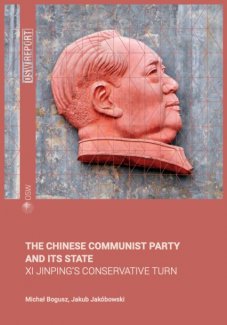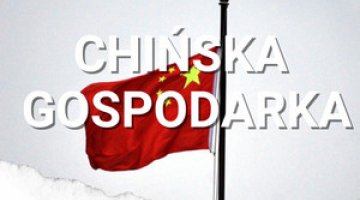The Chinese Communist Party and its state

The fundamental feature of the Chinese political system is the primacy of the Chinese Communist Party (CCP) and its control over all areas of the state’s operation as well as a large part of the economy. The CCP regards the state as a tool of governance, and as such it is subject to regular transformations. The representative bodies and state positions are to a large extent simply facades, and the Communist Party still retains its Leninist character. The official image of the Party monolith hides a dynamic, inter-generational and internally complex multilevel organisation, with a total of 90 million members. It is an arena of struggles for power between factions and interest groups and, increasingly, family clans. A strong bond which holds the CCP together is the ideology of Marxism-Leninism, which gives the Chinese ruling elite its basic conceptual grid and shapes its aspirations, translating into the operation and evolution of the People’s Republic of China (PRC).
The description of the PRC’s political system presented in this study focuses on answering the following questions: how does the Party rule China, who manages the Party, and how do they manage it? Part 1 is a guide to the PRC’s political system during the ‘reform and opening up’ period and presents its structure and rules of governance. Part 2 describes the fundamental change of the political regime in the PRC, associated with Xi Jinping’s conservative turn. Part 3 shows how far the corrections to the PRC’s political system and personnel changes implemented by Xi Jinpinghave transformed the governance of sectoral policies: economic and foreign policy, security and social control.





